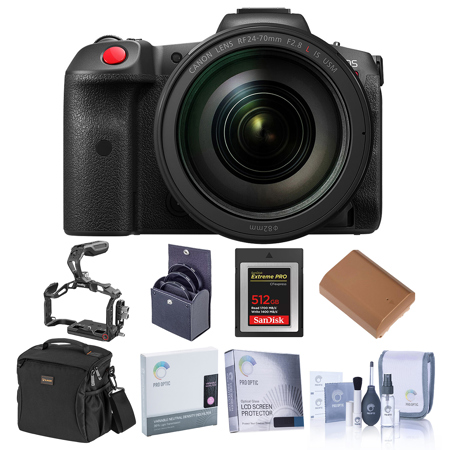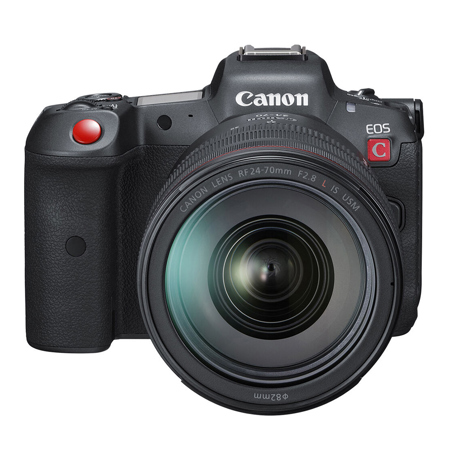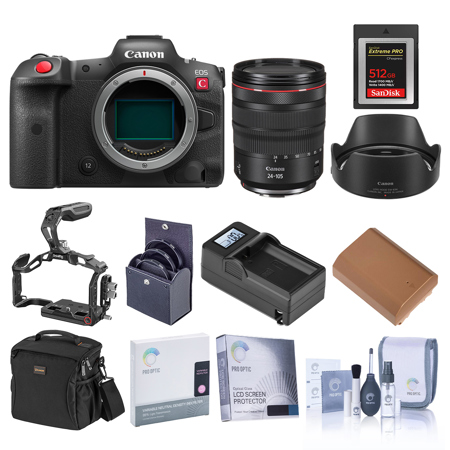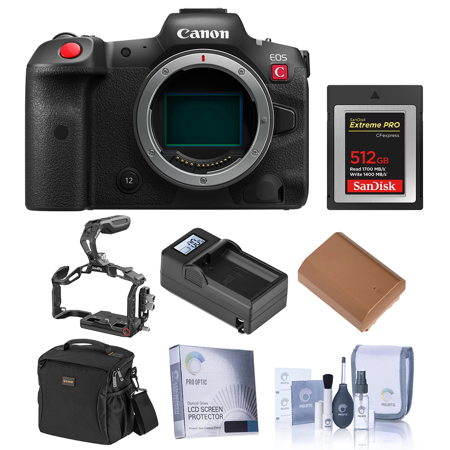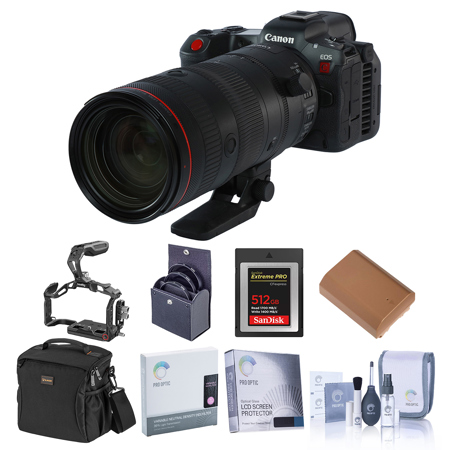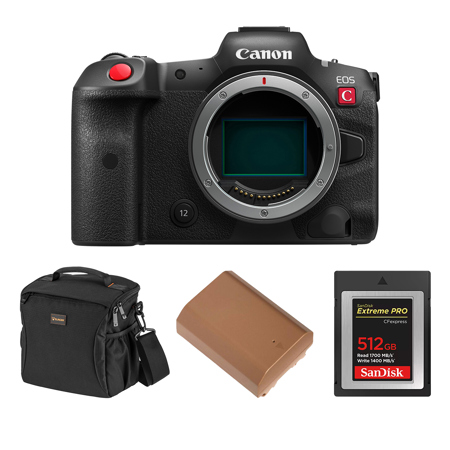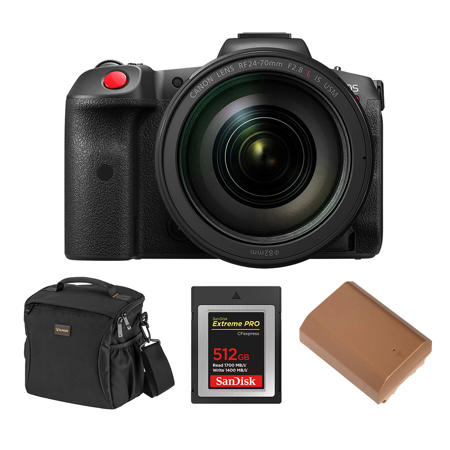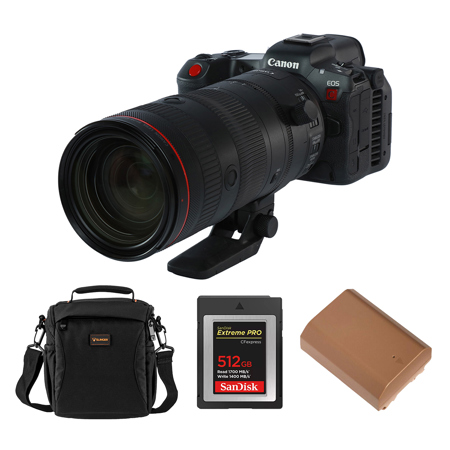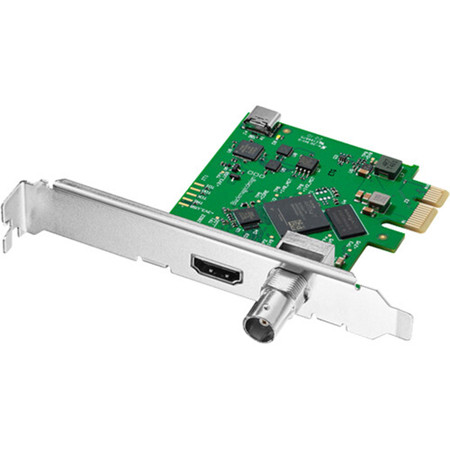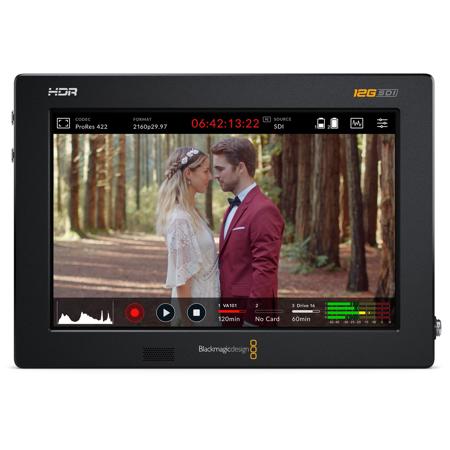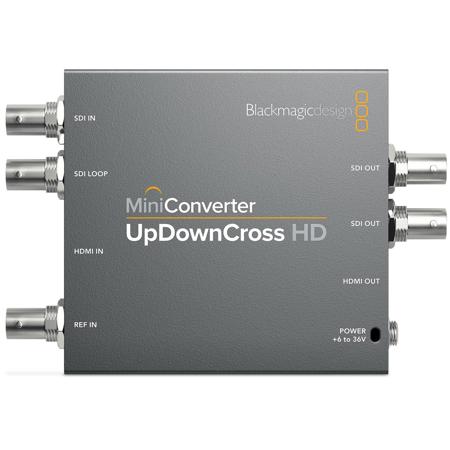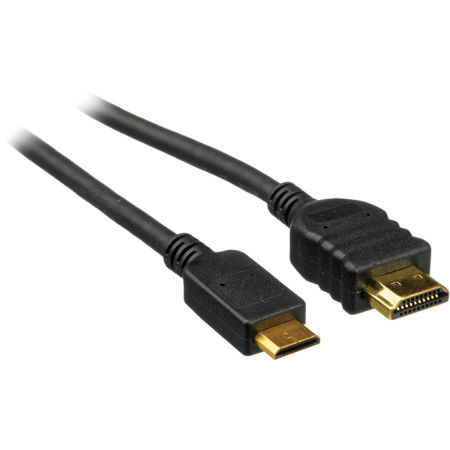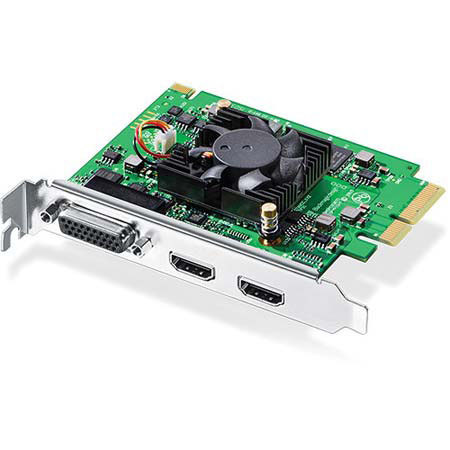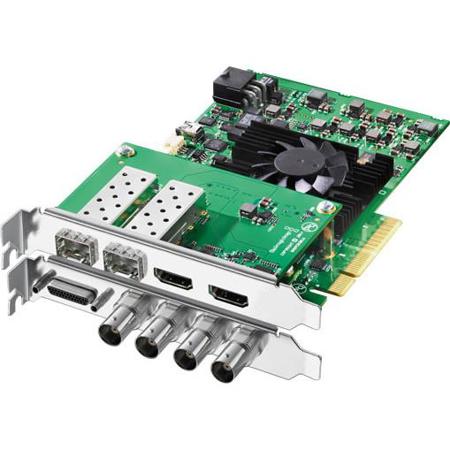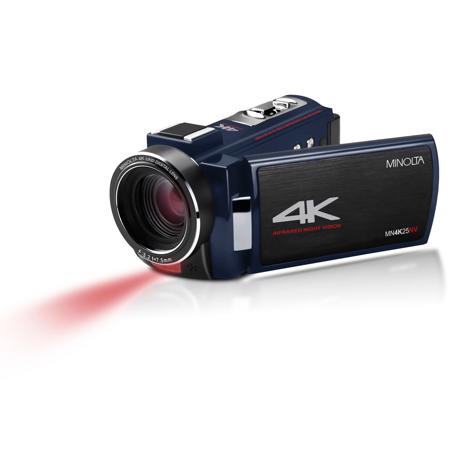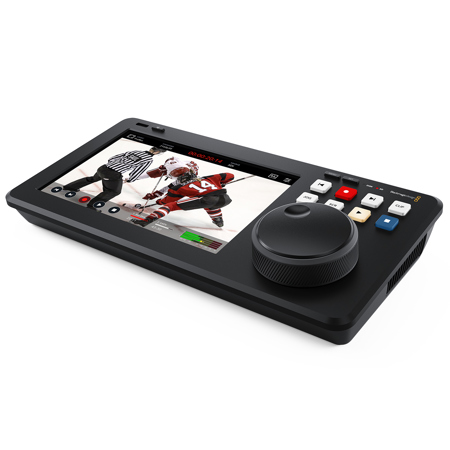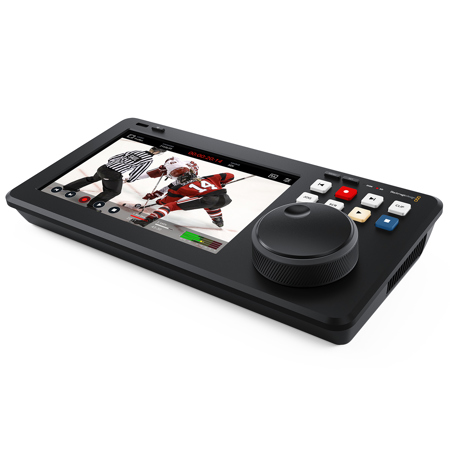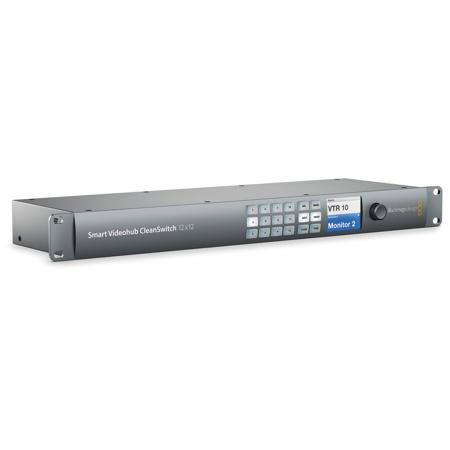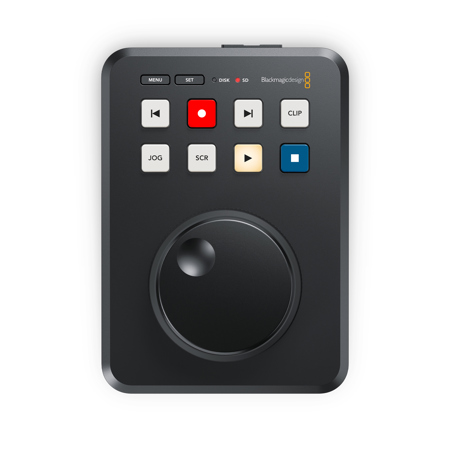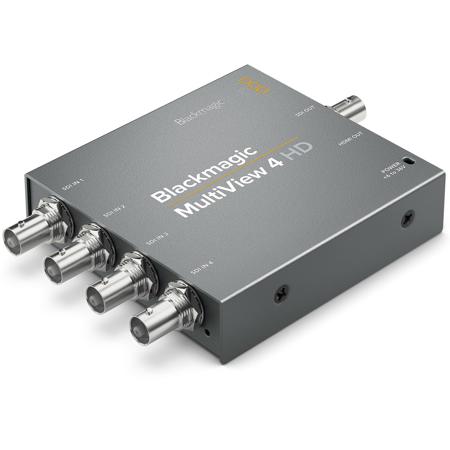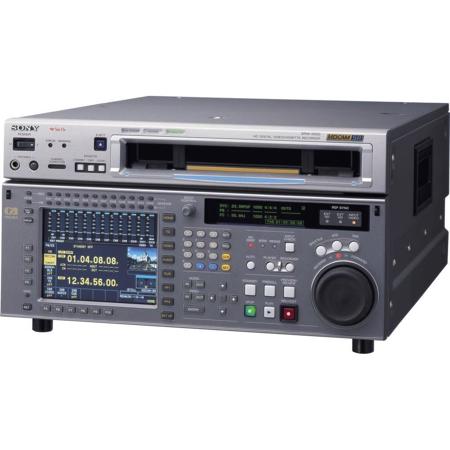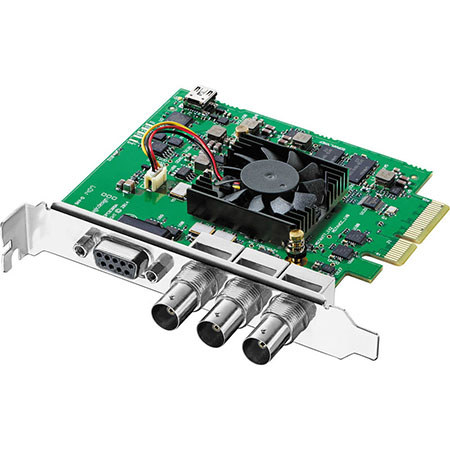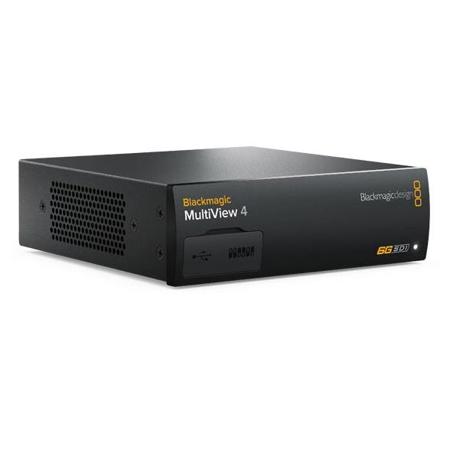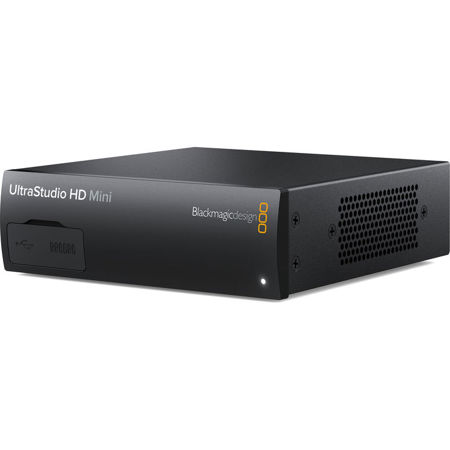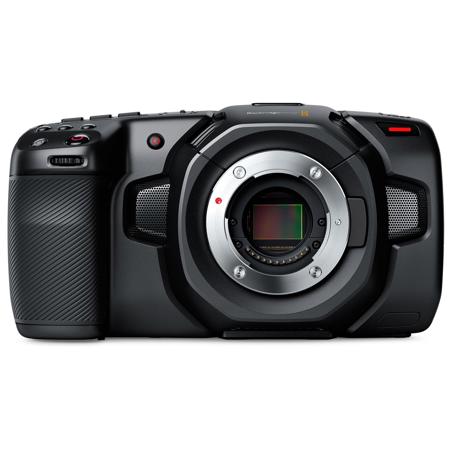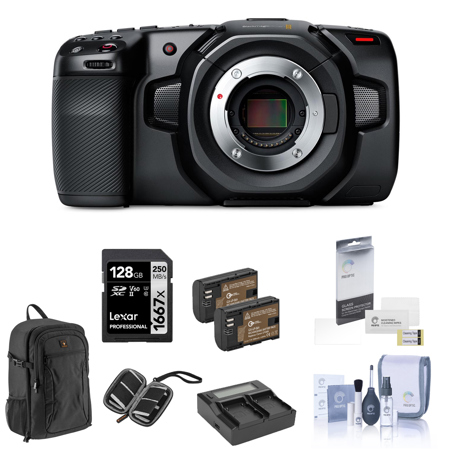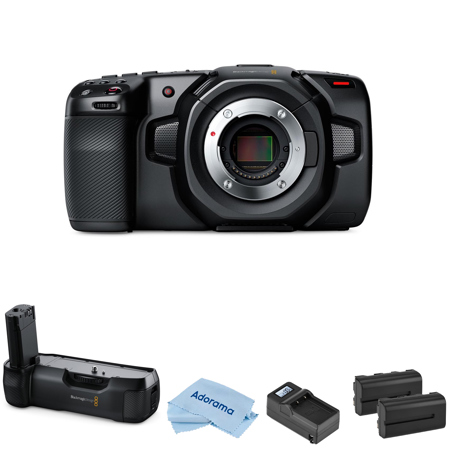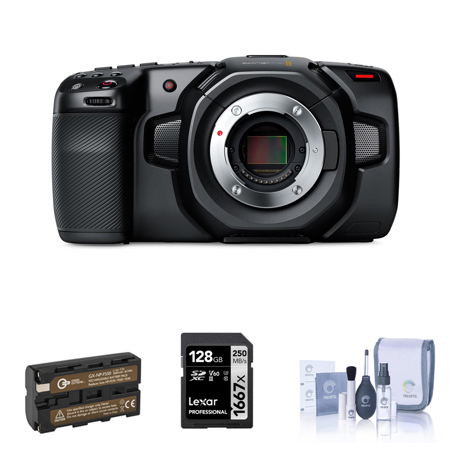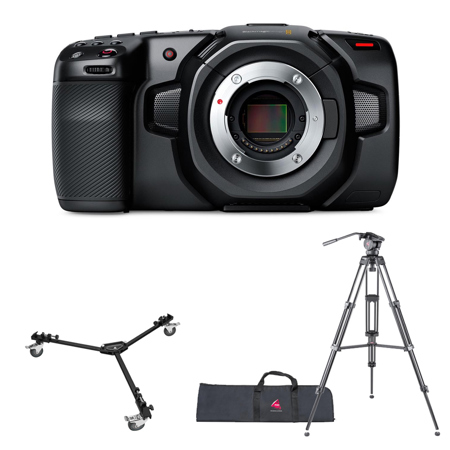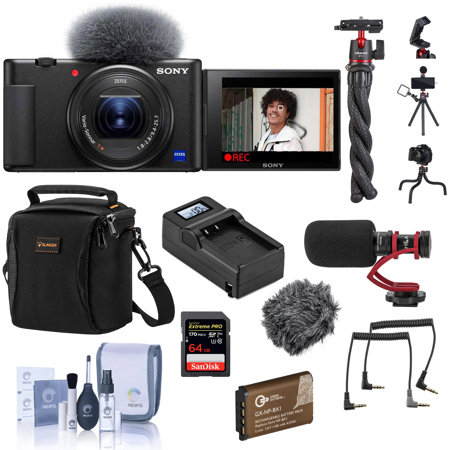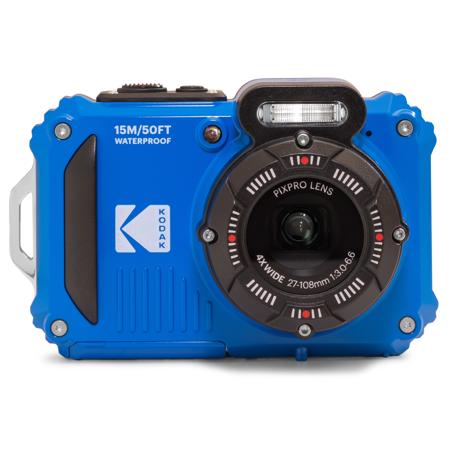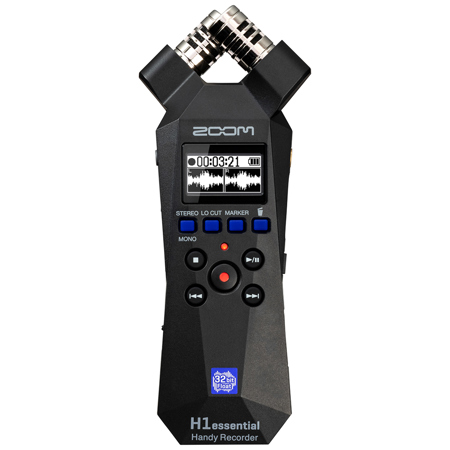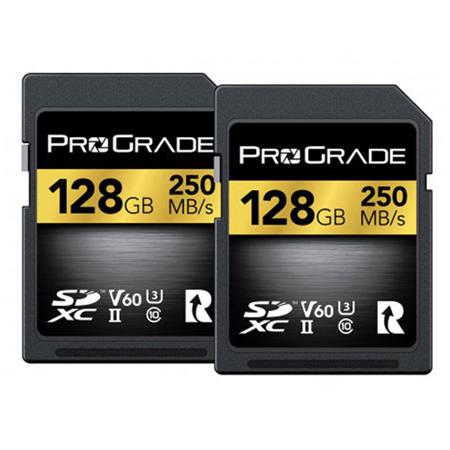Hd Video Formats
In the world of modern video production and digital content creation, understanding HD video formats is essential for anyone looking to capture, edit, or share high-quality footage. HD, or high-definition, refers to resolutions that surpass standard definition, with 720p (HD Ready) and 1080p (Full HD) being the most prevalent types of HD video. These formats are defined not just by their pixel count, but also by their scanning methods—progressive (p) and interlaced (i). Progressive scan, as seen in 1080p, displays all lines of each video frame in sequence, resulting in smoother motion and greater clarity, especially noticeable when filming fast-paced events or dynamic scenes. Interlaced scan, used in some 1080i and 720i formats, alternates between odd and even lines, which can sometimes lead to motion artifacts or reduced sharpness. The choice between these types of HD video can influence the final look and feel of your projects, making it important to consider your shooting environment, subject matter, and intended audience.
When shopping for products related to HD video formats, it’s helpful to think about the specific use cases and the technical requirements of your workflow. Filmmakers, videographers, and content creators often select equipment based on their preferred codecs and containers—such as H.264, AVCHD, MP4, or MKV—since these impact both image quality and ease of editing. For those capturing family memories, documenting school performances, or producing social media content, 720p and 1080p offer a balance between file size and visual fidelity, making them accessible and practical for everyday use. Meanwhile, professionals working on commercial projects, weddings, or live events may gravitate toward formats that support higher bitrates and advanced color grading, ensuring their footage stands up to post-production demands. With autumn approaching and the days growing shorter, the rich colors and golden hour light of September provide an inspiring backdrop for outdoor videography, whether you’re recording crisp landscapes, lively festivals, or candid moments with friends. HD video equipment also makes a thoughtful gift for students embarking on media studies, aspiring filmmakers, or anyone passionate about storytelling through visuals.
Selecting the right gear for HD video formats involves more than just resolution; it’s about matching your camera, storage, and display devices to your creative ambitions. If you’re planning to showcase your work, pairing your footage with compatible HD Screens ensures every detail is faithfully rendered, from the subtle textures of autumn leaves to the vibrant hues of city lights. Audio considerations are equally important, as clear sound enhances the immersive quality of HD video, so it’s worth exploring microphones and recorders that complement your setup. Whether you’re building a home studio, upgrading your vlogging kit, or equipping a classroom with educational tools, understanding the nuances of types of HD video will help you make informed decisions. The versatility of HD formats supports a wide range of creative pursuits, enabling you to capture life’s moments with clarity and share them in stunning detail across platforms and devices.
When shopping for products related to HD video formats, it’s helpful to think about the specific use cases and the technical requirements of your workflow. Filmmakers, videographers, and content creators often select equipment based on their preferred codecs and containers—such as H.264, AVCHD, MP4, or MKV—since these impact both image quality and ease of editing. For those capturing family memories, documenting school performances, or producing social media content, 720p and 1080p offer a balance between file size and visual fidelity, making them accessible and practical for everyday use. Meanwhile, professionals working on commercial projects, weddings, or live events may gravitate toward formats that support higher bitrates and advanced color grading, ensuring their footage stands up to post-production demands. With autumn approaching and the days growing shorter, the rich colors and golden hour light of September provide an inspiring backdrop for outdoor videography, whether you’re recording crisp landscapes, lively festivals, or candid moments with friends. HD video equipment also makes a thoughtful gift for students embarking on media studies, aspiring filmmakers, or anyone passionate about storytelling through visuals.
Selecting the right gear for HD video formats involves more than just resolution; it’s about matching your camera, storage, and display devices to your creative ambitions. If you’re planning to showcase your work, pairing your footage with compatible HD Screens ensures every detail is faithfully rendered, from the subtle textures of autumn leaves to the vibrant hues of city lights. Audio considerations are equally important, as clear sound enhances the immersive quality of HD video, so it’s worth exploring microphones and recorders that complement your setup. Whether you’re building a home studio, upgrading your vlogging kit, or equipping a classroom with educational tools, understanding the nuances of types of HD video will help you make informed decisions. The versatility of HD formats supports a wide range of creative pursuits, enabling you to capture life’s moments with clarity and share them in stunning detail across platforms and devices.
